Thin Hair Ponytail Styles: Mastering Volume and Elegance for Finer Strands
Creating a voluminous and aesthetically pleasing ponytail can present a unique challenge for individuals with fine or less dense hair. The natural tendency of such hair types to lack inherent body often results in a limp, flat, or sparse appearance when gathered into a conventional ponytail. However, a range of specialized techniques, strategic product applications, and innovative styling approaches exist to transform this seemingly difficult task into an opportunity for elegant and impactful hair artistry. This article explores various methods designed to enhance the visual thickness, texture, and overall appeal of ponytails for those with delicate strands, demonstrating that a full and dynamic look is entirely achievable with the right approach.
Understanding the Nuances of Ponytails for Finer Hair
The primary hurdle encountered when attempting a ponytail with fine or sparse hair is the absence of natural bulk. Traditional methods often lead to a style that appears thin, exposes the scalp at the base, or struggles to maintain its shape throughout the day. Hair strands that are individually fine or widely spaced contribute to an overall lack of density, making it difficult to create the illusion of fullness. Furthermore, the weight of the hair itself, even if minimal, can pull down the style, exacerbating the limp appearance. Addressing these issues requires a foundational understanding of how to manipulate hair texture, create internal support, and strategically place the gathered strands to maximize perceived volume and body.
Foundational Techniques for Enhanced Volume
Achieving a substantial-looking ponytail with less dense hair begins long before the elastic is applied. Preparation is paramount, focusing on building a foundation of texture and lift.
- Texturizing Products: The strategic application of volumizing mousses, root-lifting sprays, and dry shampoo can significantly alter the hair’s texture, adding grip and a subtle bulk that makes strands feel thicker and more manageable. These products create friction between individual hairs, preventing them from lying too flat against each other. Dry shampoo, in particular, is invaluable not only for absorbing oil but also for imparting a matte finish and a gritty texture that provides excellent hold and volume, especially at the roots.
- Backcombing and Teasing: This classic technique remains highly effective for creating instant volume. By gently backcombing sections of hair at the crown and within the body of the ponytail, air is trapped, and the hair shaft is roughened, leading to a fuller appearance. The key is to backcomb only the under-sections, leaving the top layer smooth to conceal the teasing.
- Heat Styling for Pre-Volume: Introducing soft waves or curls into the hair before gathering it into a ponytail can dramatically increase its perceived volume. The bends and curves of styled hair take up more space than straight strands, creating an illusion of greater density. This pre-styling step adds texture and body that translates directly into a fuller-looking ponytail.
- Proper Washing and Conditioning: The choice of shampoo and conditioner plays a crucial role. Products specifically formulated for volume, often labeled as “volumizing” or “lightweight,” are designed to cleanse without stripping natural oils excessively and condition without weighing the hair down. Avoiding heavy, rich conditioners at the roots is essential to prevent flattening.
Strategic Placement for Maximum Impact
The position of the ponytail on the head significantly influences its perceived volume and overall aesthetic.
- High Ponytails: Gathering hair high on the crown naturally lifts the strands away from the scalp, creating an immediate sense of fullness and elongation. This placement often makes the hair appear thicker because it maximizes the vertical lift.
- Mid-Level Ponytails: While less inherently volumizing than high ponytails, a mid-level placement can still be effective when combined with other techniques like backcombing at the crown and within the ponytail itself.
- Low Ponytails: These styles typically require the most deliberate effort to add volume, often relying on significant backcombing at the crown and a looser, more textured gathering to prevent a flat appearance.
Innovative Styling Approaches for Enhanced Fullness
Several specific styling methods are particularly beneficial for creating the illusion of thicker hair in a ponytail.
- The Double Ponytail (or Stacked Ponytail): This ingenious technique is a cornerstone for adding instant volume and length. It involves dividing the hair horizontally into two sections: an upper section from the ears up, and a lower section from the ears down. The upper section is gathered into a ponytail at the desired height (often mid-to-high). The lower section is then gathered into a second ponytail directly beneath the first, or slightly lower. When the upper ponytail’s hair falls over the lower one, it conceals the second elastic, creating the illusion of a single, much thicker, and longer ponytail. This method effectively doubles the perceived density.
- The Teased Ponytail: Beyond initial root teasing, volume can be built directly into the ponytail itself. Once the hair is secured, sections of the ponytail can be gently backcombed from the underside, starting near the elastic and working towards the ends. A fine-tooth comb is then used to lightly smooth the top layer of the ponytail, maintaining the internal volume while presenting a polished exterior.
- The Wrapped Ponytail: To elevate the sophistication and perceived thickness of a ponytail, a small section of hair can be taken from the underside of the secured ponytail and wrapped tightly around the elastic. This conceals the hair tie, creating a more Vintage Hairstyles Half Up Half Down A Timeless Elegance Reimagined refined finish and adding a subtle visual weight to the base of the style. The end of the wrapped section is then secured with a small bobby pin, tucked discreetly underneath. This technique works exceptionally well when combined with the double ponytail or teased ponytail for maximum impact.
- The Bubble Ponytail: This playful yet effective style adds significant visual interest and volume. After securing the initial ponytail, additional hair ties are placed at regular intervals down the length of the ponytail. Between each elastic, the hair is gently pulled outwards to create “bubbles” of volume. This technique works particularly well on hair that has some natural length, as it allows for multiple segments, each contributing to an overall fuller appearance.
- The Side Ponytail with Volume: For a softer, more romantic look, a side ponytail can be crafted with careful attention to volume at the crown. After applying volumizing products and potentially teasing the roots, hair is swept to one side. The ponytail is then secured, often at the nape of the neck or just above the shoulder. Loose strands can be pulled out around the face to frame it softly, further enhancing the illusion of fullness. Adding soft waves to the length of the ponytail before sweeping it to the side also contributes significantly to its perceived body.
- Accessorizing for Impact: Hair accessories are not merely decorative; they can be strategic tools for enhancing the appearance of a ponytail on less dense hair. Large scrunchies, thick fabric hair ties, or decorative clips can make the base of the ponytail appear more substantial. Ribbons, scarves, or headbands can be incorporated to add visual interest and draw attention away from any perceived lack of volume, while simultaneously adding a stylish element.
- Hair Extensions for Instant Fullness: For an immediate and dramatic boost in volume and length, clip-in hair extensions are an excellent solution. These temporary additions can be strategically placed around the base of the ponytail before gathering the natural hair, or a clip-in ponytail piece can be used directly. Extensions seamlessly blend with natural hair, providing a significant increase in perceived density and allowing for a much fuller, more luxurious-looking style.
Product Application and Finishing Touches
The final steps in styling are crucial for both maintaining the desired volume and ensuring a polished finish.
- Targeted Product Use: After styling, a light mist of volumizing or texture spray can be applied to the body of the ponytail to reinforce fullness. A flexible-hold hairspray will help to set the style without making it stiff or crunchy, preserving the natural movement and bounce.
- Gentle Loosening: For a softer, more voluminous look, gently pull out a few small strands of hair around the face and at the temples. This creates a more relaxed, undone aesthetic that can make the overall style appear fuller and more organic.
- Taming Flyaways: Any stray hairs or flyaways can be smoothed down with a light application of hairspray on a clean mascara wand or toothbrush, ensuring a sleek top layer without compromising the volume created at the roots or within the ponytail.
FAQs by Thin Hair Ponytail Styles
- What is the most effective technique for adding volume to a ponytail with fine hair? The double ponytail method is highly effective, as it instantly creates the illusion of a thicker, longer ponytail. Combining this with strategic backcombing at the roots and the use of texturizing products provides optimal results.
- Can hair extensions be used to enhance the appearance of a ponytail on delicate strands? Yes, clip-in hair extensions or clip-in ponytail pieces are an excellent solution for adding significant volume and length, seamlessly blending with natural hair to create a much fuller style.
- Are there specific products recommended for creating a voluminous ponytail with less dense hair? Volumizing mousse, root-lifting spray, dry shampoo, and texture spray are highly recommended for building a foundational volume and grip. A light-hold hairspray is useful for setting the style without weighing it down.
- How can one prevent a ponytail from slipping or looking limp throughout the day? Utilizing strong, non-slip hair ties, applying texturizing products at the roots, and employing the double ponytail method can significantly improve the hold and longevity of the style. Strategic backcombing also provides internal support.
- Is it possible to achieve a sleek yet full ponytail on fine hair? Yes, by focusing on creating volume at the base and within the ponytail through techniques like backcombing or the double ponytail, while simultaneously ensuring the top layer of hair is smoothed and free of flyaways.
Tips by Thin Hair Ponytail Styles
- Always begin with hair that has been properly prepared with volumizing products, whether it is freshly washed or has had dry shampoo applied.
- Invest in quality hair ties that offer a firm grip without causing damage, such as elastic bands designed for fine hair or scrunchies.
- Experiment with various ponytail placements, from high on the crown to the nape of the neck, to discover which angle provides the most flattering and voluminous appearance.
- Utilize backcombing judiciously at the roots and within the ponytail itself, always smoothing the top layer for a polished finish.
- Consider the double ponytail method for an immediate and noticeable increase in perceived thickness and length.
- Incorporate hair accessories such as scarves, ribbons, or decorative clips to add visual interest and enhance the overall aesthetic.
- Practice different techniques regularly; proficiency and speed will improve with repeated attempts.
- Prioritize Try On Hairstyles Using Your Own Photo The Definitive Guide To Virtual Hair Transformation hair health by minimizing excessive heat styling and using heat protectants, as healthy hair often retains more natural volume.
Conclusion by Thin Hair Ponytail Styles
The perception that a voluminous, elegant ponytail is unattainable for individuals with fine or less dense hair is a misconception. Through the application of strategic preparation, innovative styling techniques, and the intelligent use of products, it is entirely possible to create a ponytail that exudes fullness, body, and sophistication. The methods discussed, from the foundational importance of texturizing products and backcombing to the transformative power of the double ponytail and the versatility of accessories, offer a comprehensive toolkit. Mastering these approaches empowers individuals to transcend the limitations often associated with delicate strands, allowing for the creation of diverse and impactful ponytail styles that are both beautiful and resilient. The art of styling less dense hair into a dynamic ponytail is not about defying its nature, but rather about understanding and enhancing its unique characteristics to achieve stunning results.
:max_bytes(150000):strip_icc()/712d4co7kDL._SL1200_-1393b3de92164522a2149215e149cbba.jpg)
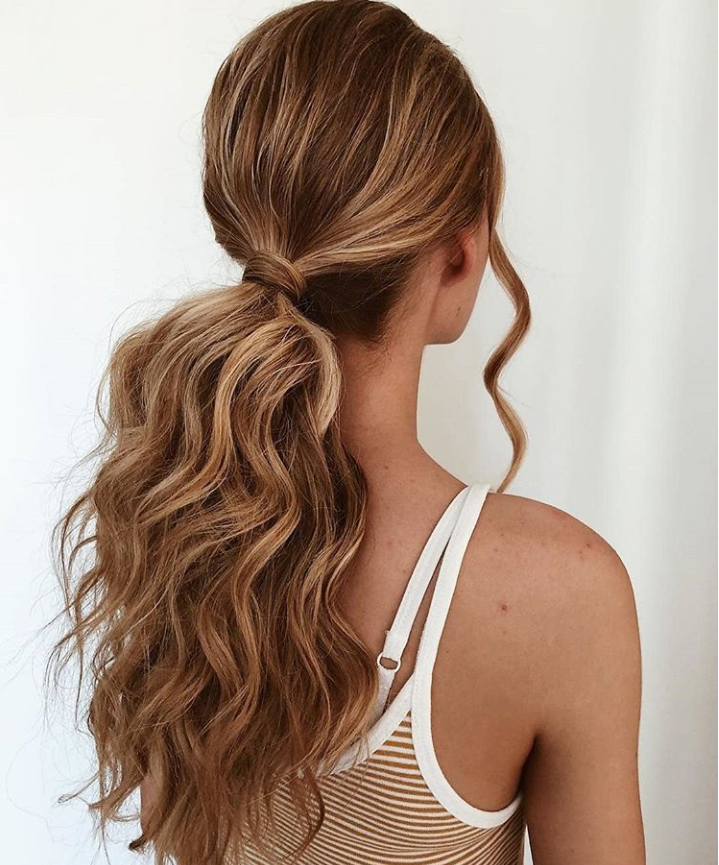
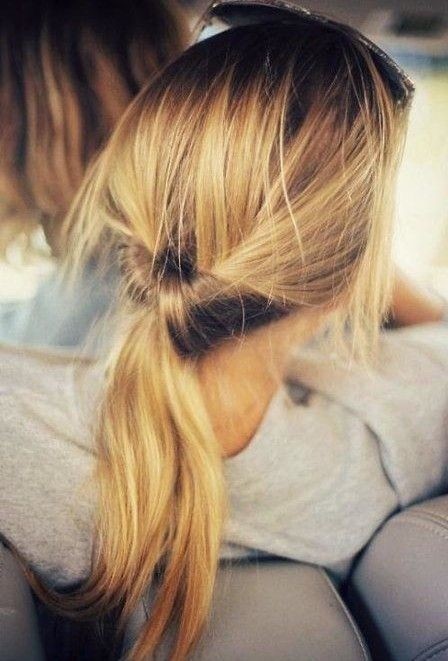
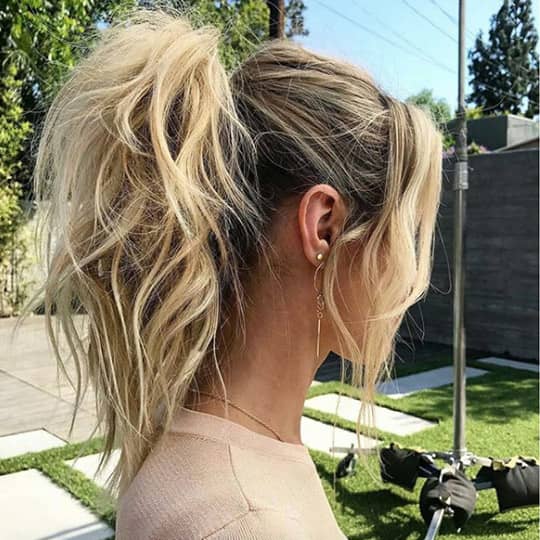
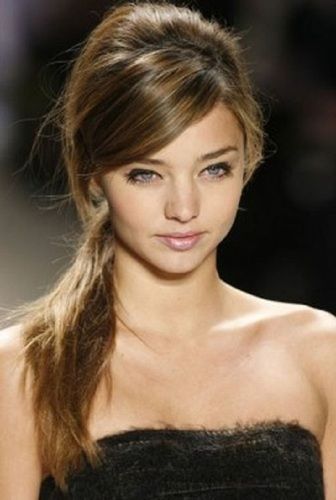

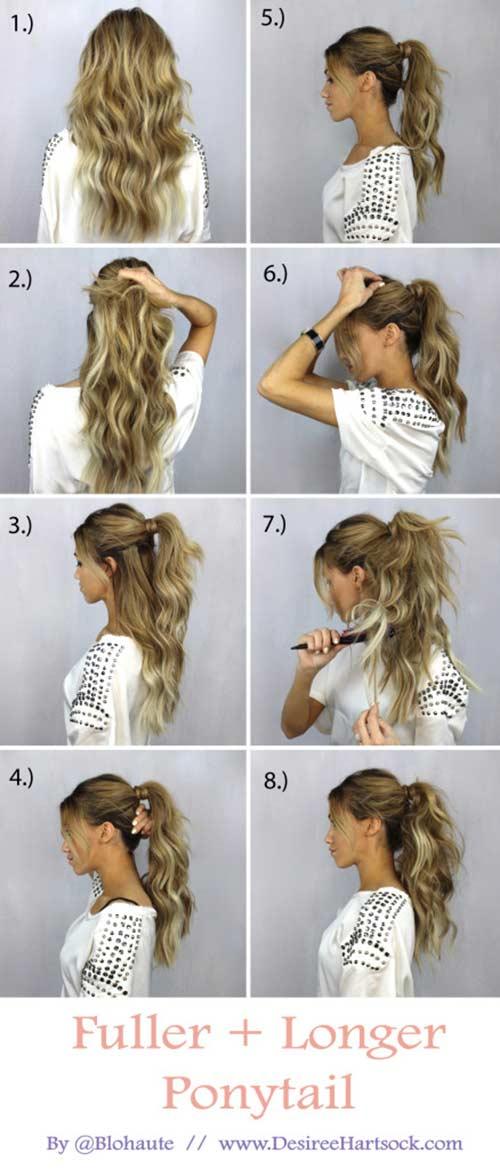
More suggestion: Square Face Shape Hairstyles Female Long Hair A Comprehensive Guide To Enhancing Angular Features With Lengthy Tresses